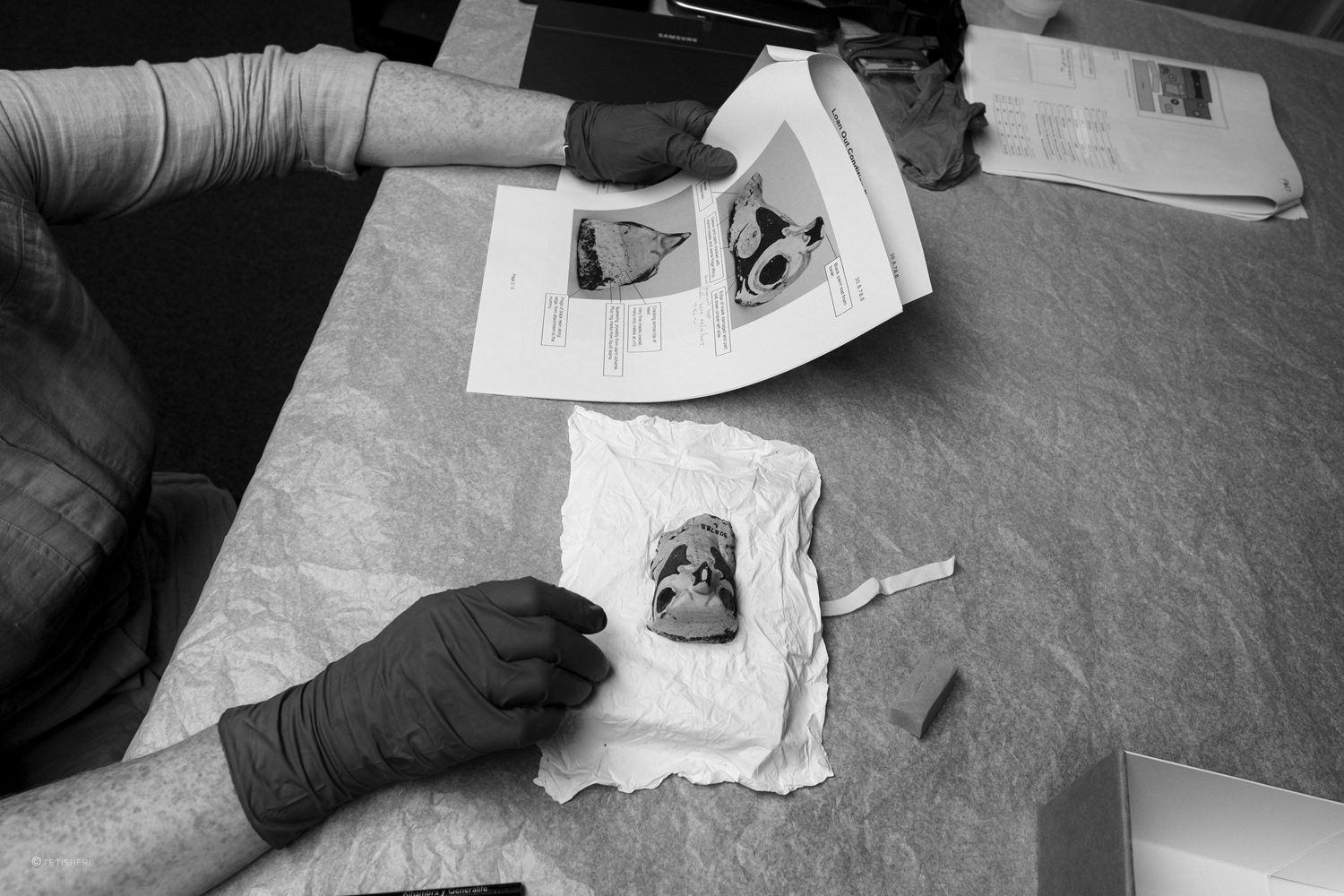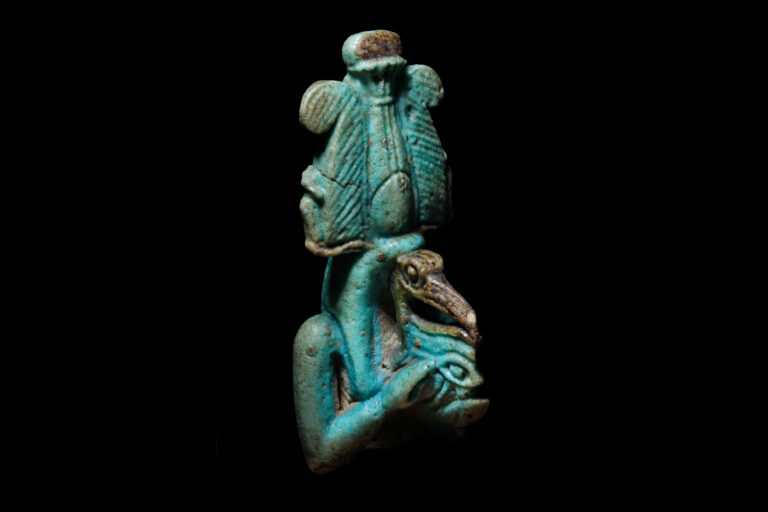‘Animal Mummies Revealed’ at the World Museum: behind the scenes
Have you ever wondered what goes on behind the scenes to get an exhibition up and running? When the Animal Mummies Revealed exhibition finished its stint at Glasgow, it moved on to the World Museum in Liverpool, opening on 14 October 2016. I visited the exhibition when it was on at the Manchester Museum last year, and was really looking forward to following it up again at the World Museum.
Before it opened, however, I contacted curator Ashley Cooke and arranged to come in for a couple of hours while the exhibition was being set up to get a few behind-the-scenes photos. It really was just a snapshot of a small part of a process that had taken several weeks to complete, but what I saw was just fascinating.

To be honest, most of the gallery looked like a building site. (Probably because it was …)
Ladders, buckets of paint, trollies and tools were everywhere. I found myself wondering if there was a B&Q nearby desperately trying to restock its shelves.
Set-ups like this can be a photographer’s nightmare. It can be so easy, when you’re in the photography zone, to forget what you’re doing and start moving around with your camera up to your eye. Thankfully, I’ve always been pretty good at keeping my awareness about me and not stepping back without looking first. I’m not sure I’d be let back in if I walked backwards into a table of artefacts …
Unpacking the artefacts
There were three conservators unpacking artefacts, inspecting them and then setting them up in the display cases. They were working at large tables with panel lights. With the low lighting in the rest of the gallery, it was really quite atmospheric in there.

The job of conservators at this point was to check all the objects for any damage that might’ve occurred during transport. Before the items were shipped from Glasgow, they were inspected and photographed. Then, when they were unpacked again at Liverpool, the conservators checked the artefact against the photos for any changes. It’s a bit like when you hire a car, and you check around the car for any bumps and scratches before leaving so you won’t be held liable for pre-existing damage when the car’s returned.





Once the conservator had checked a piece, they then installed it straight into the case.


Installing and inspecting an oil painting
While I was there, the enormous 19th century oil painting, The Gods and Their Makers, by Edwin Longsden Long, was brought in and installed. Coming in at over 2 metres wide, it brought with it an entourage of around six people to carry, inspect, and install it.

Before it was mounted on the wall, it was inspected, literally inch by inch, by David Crombie, a conservator specialising in paintings.
This involved him donning a magnificent piece of headwear, equipped with a light and magnifying glass, and then getting right up close to the painting and working his way back and forth checking for any scratches and damage.


If you’ve not seen the painting before, it really is an amazing piece of art. It’s packed to the rafters with gorgeous details, such as the row of shabtis and statuettes along the top, and the hieroglyphs on the coffin behind these two people.

Whatever you may think of 19th-century Western depictions of ancient Egypt (yes, they definitely over-romanticised and use a little ‘artistic licence’ in these pieces), the talent is undeniable. Ashely, David and I spent some time poring over these amazing details and talking about the artistic representations the artist chose to make.

I don’t know about you, but for me, seeing how these things are put together can be as interesting as the exhibition itself. Whilst the exhibition is about the artefacts and their history, getting in with my camera during installation allows me to bring you a different view: that of the work and the skill of people today.
Whilst the gallery may look a little chaotic as the exhibition’s being set up, it’s actually all very organised and methodical. Everything has its place, every case and artefact is carefully measured, layouts are planned precisely, and everyone in the room is there because they’re skilled professionals who take their custodial roles seriously. The term ‘military-style operation’ springs to mind.

While it was a lot of fun to get in a take these photos, I was photographing people while they were doing delicate, skilled work. So I’d like to thank them for accommodating me, for being so friendly and answering all the questions I kept firing at them:
- David Crombie, senior conservator of paintings, National Museums Liverpool
- Steve Newman, senior conservator of metals, National Museums Liverpool
- Tracey Seddon, senior conservator of organics, National Museums Liverpool
- Alex Blakeborough, organics conservation technician, National Museums Liverpool
- Irit Narkiss, conservator, Manchester Museum
I would also very much like to thank curator Ashley Cooke for taking time out of his already hectic schedule to arrange for me to be able to come in and take these photos.

Thank you for taking the time to read this article. If you’ve enjoyed it and would like to support me, you can like/comment, share it on your favourite social media channel, or forward it to a friend.
If you’d like to receive future articles directly to your inbox you can sign up using the link below:
If you feel able to support me financially, you can:
- become a patron of my photography by subscribing for £3.50 a month or £35.00 a year
- gift a subscription to a friend or family member
- or you can tip me by buying me a virtual hot chocolate (I’m not a coffee drinker, but load a hot chocolate with cream and marshmallows, and you’ll make me a happy bunny …)
With gratitude and love,
Julia
Unless otherwise credited, all photos in this post are © Julia Thorne. If you’d like to use any of my photos in a lecture, presentation or blog post, please don’t just take them; drop me an email via my contact page. If you share them on social media, please link back to this site or to one of my social media accounts. Thanks!







